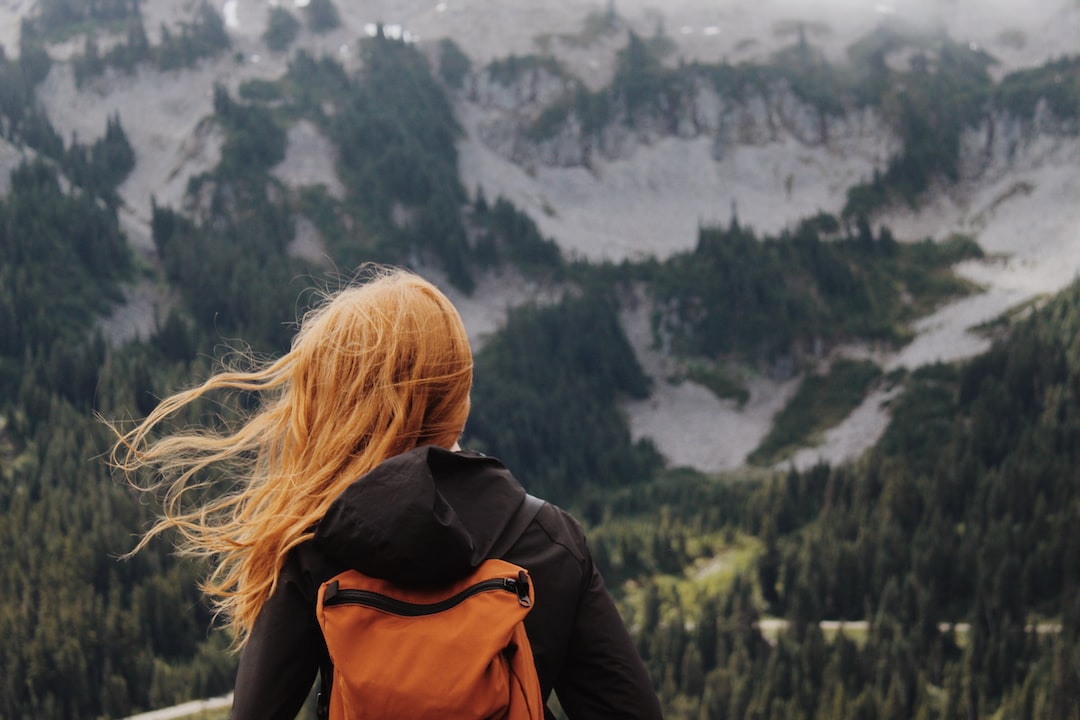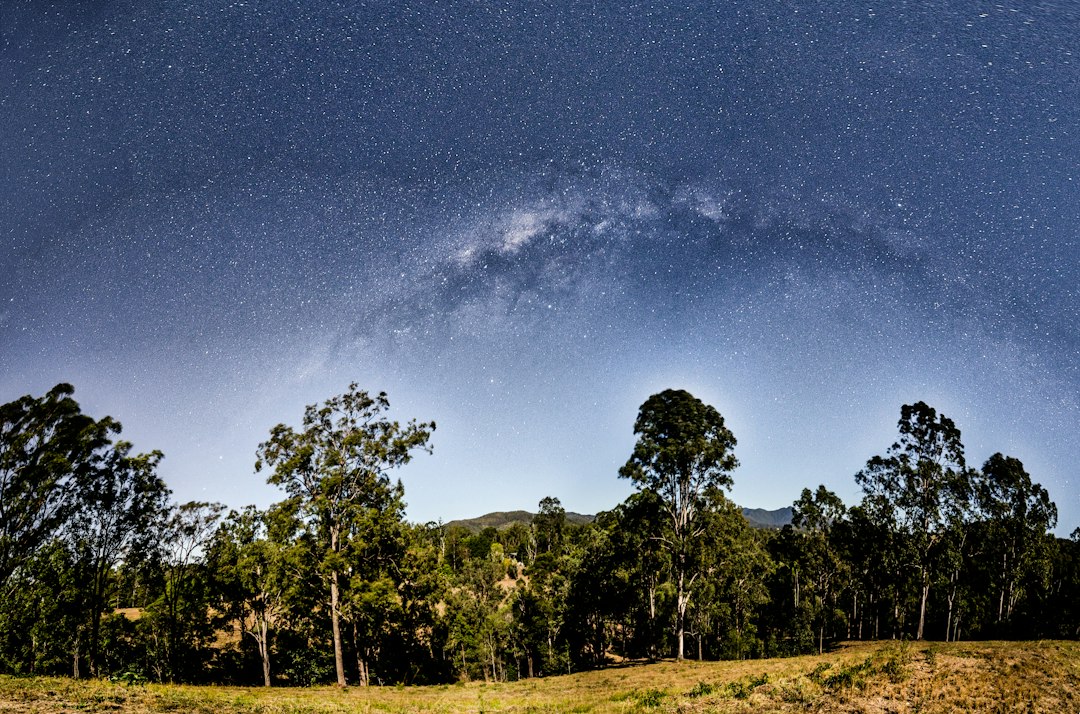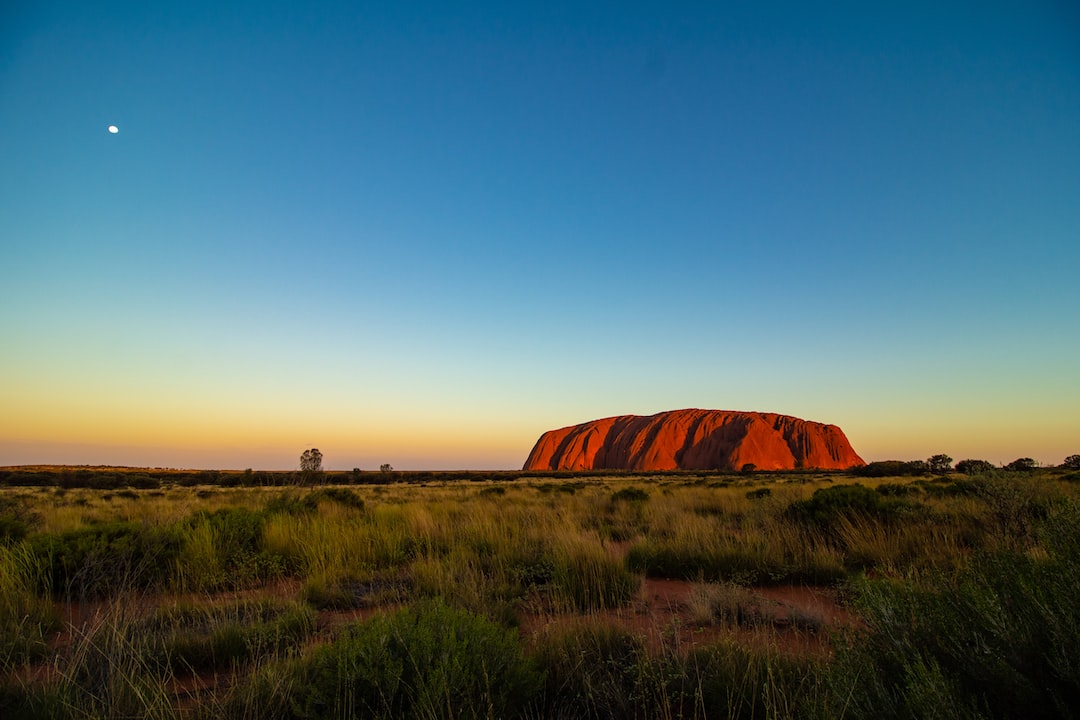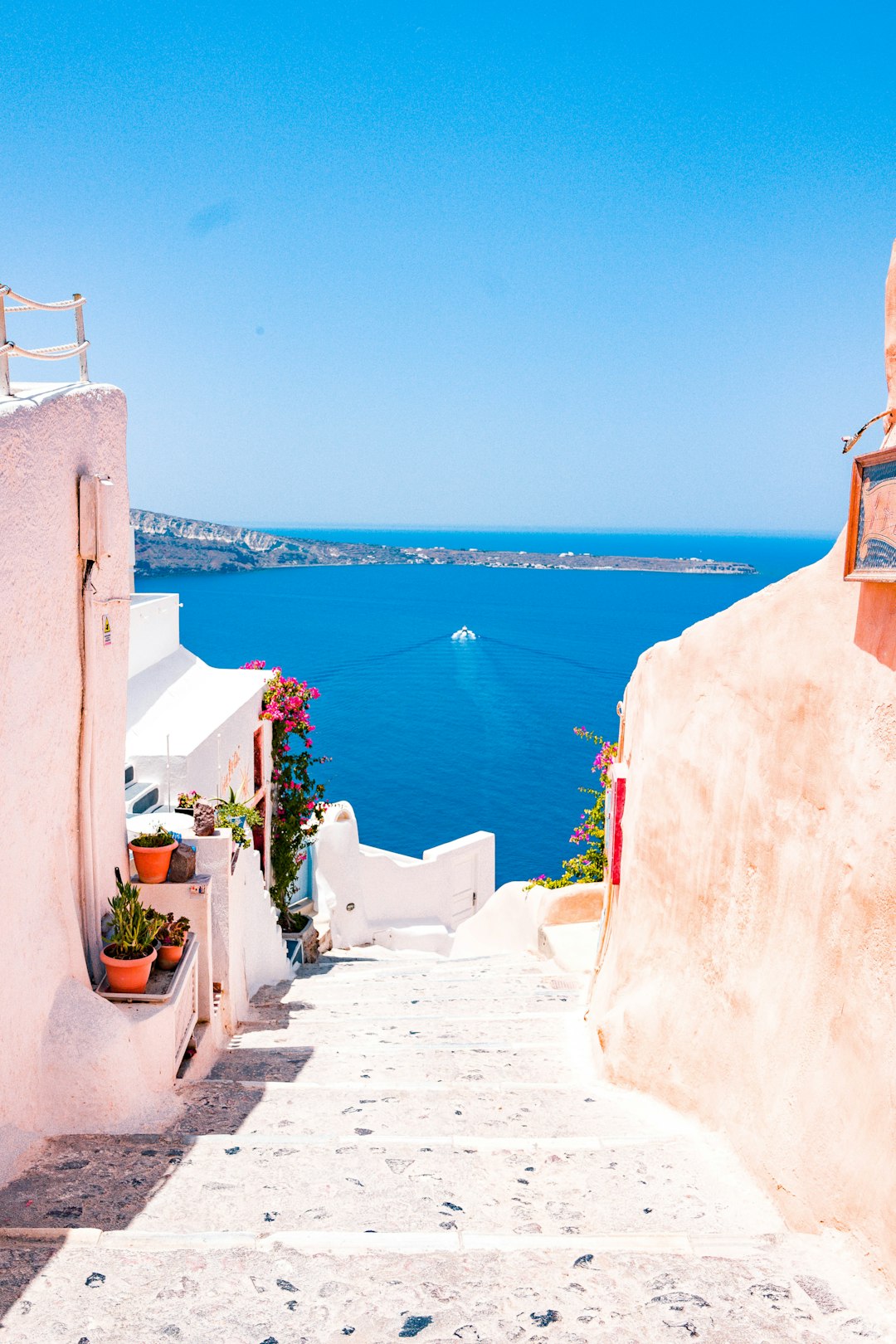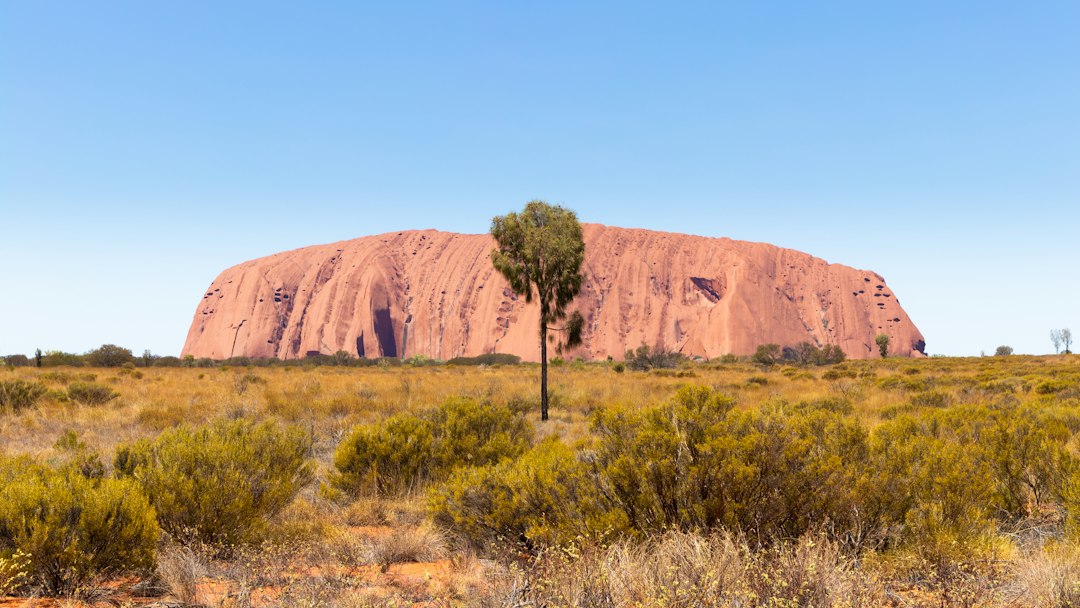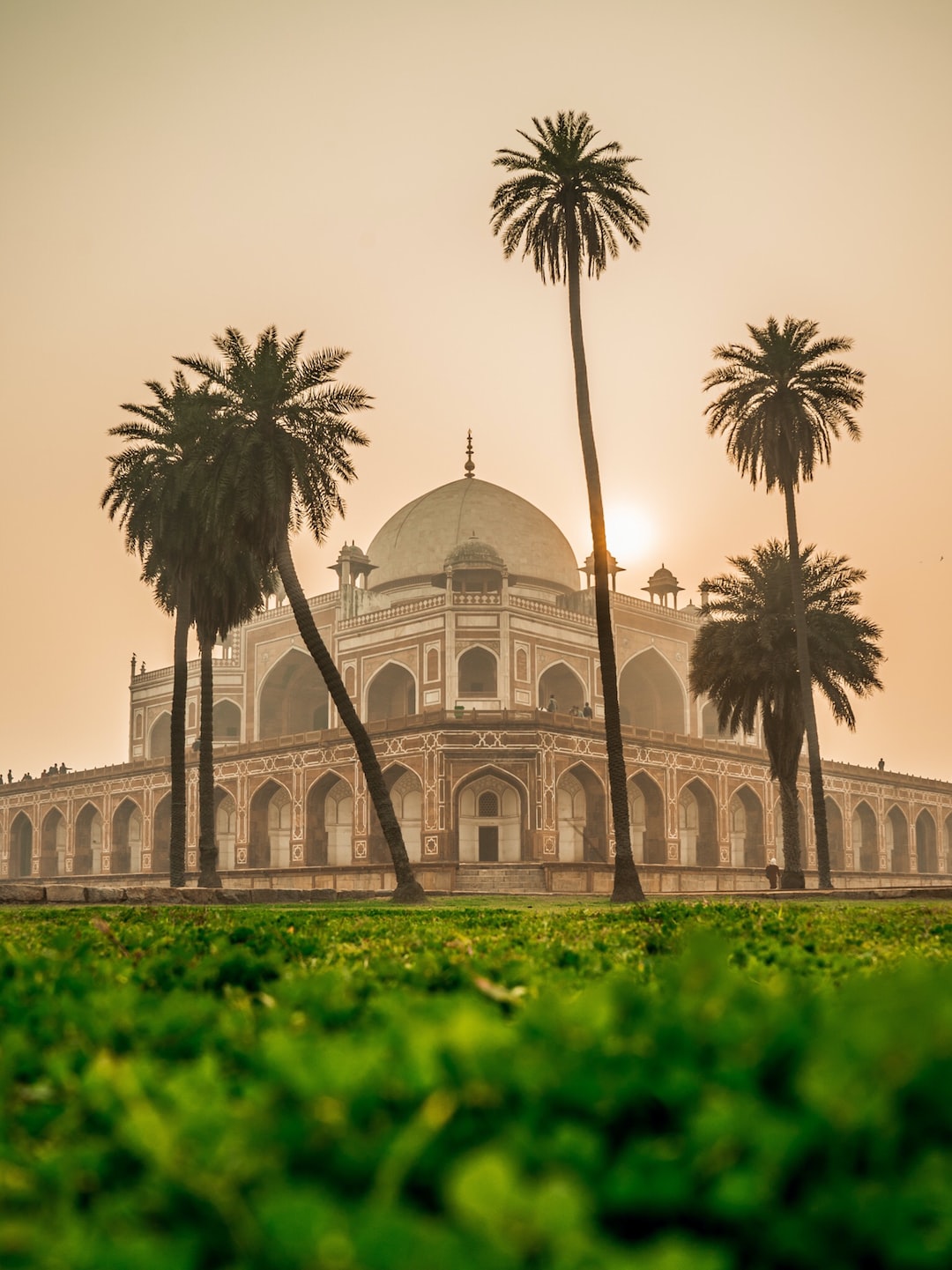Lavender is a beautiful and fragrant flowering plant that is famous for its soothing aroma and vibrant purple blooms. Many people in Australia adore lavender and are eager to know when it blooms in the country. In this article, we will explore the blooming season of lavender in Australia and provide some interesting information about this delightful plant.
Lavender Varieties in Australia
Australia is home to a wide range of lavender varieties, each with its unique characteristics and blooming patterns. Some popular varieties include English lavender, French lavender, Spanish lavender, and Italian lavender. While these varieties may vary slightly in their blooming periods, they generally follow a similar timeline.
English Lavender
English lavender (Lavandula angustifolia) is one of the most common lavender species found in Australia. It typically blooms from late spring to early summer, which means the flowering season starts around October and may extend until December or early January.
French Lavender
French lavender (Lavandula dentata) is another lavender variety popular in Australia. This particular type usually blooms from late spring through summer, with its peak blooming period occurring between November and January.
Spanish Lavender
Spanish lavender (Lavandula stoechas) is known for its distinctive pineapple-shaped flower heads. It typically starts blooming in spring and continues through early summer, which means you can expect to see its vibrant blooms from September to January.
Italian Lavender
Italian lavender (Lavandula lavandulifolia) is a hardy variety that can bloom for an extended period. Its flowering season starts in late spring and can last until late summer, which means you can enjoy its beautiful blooms from November to March.
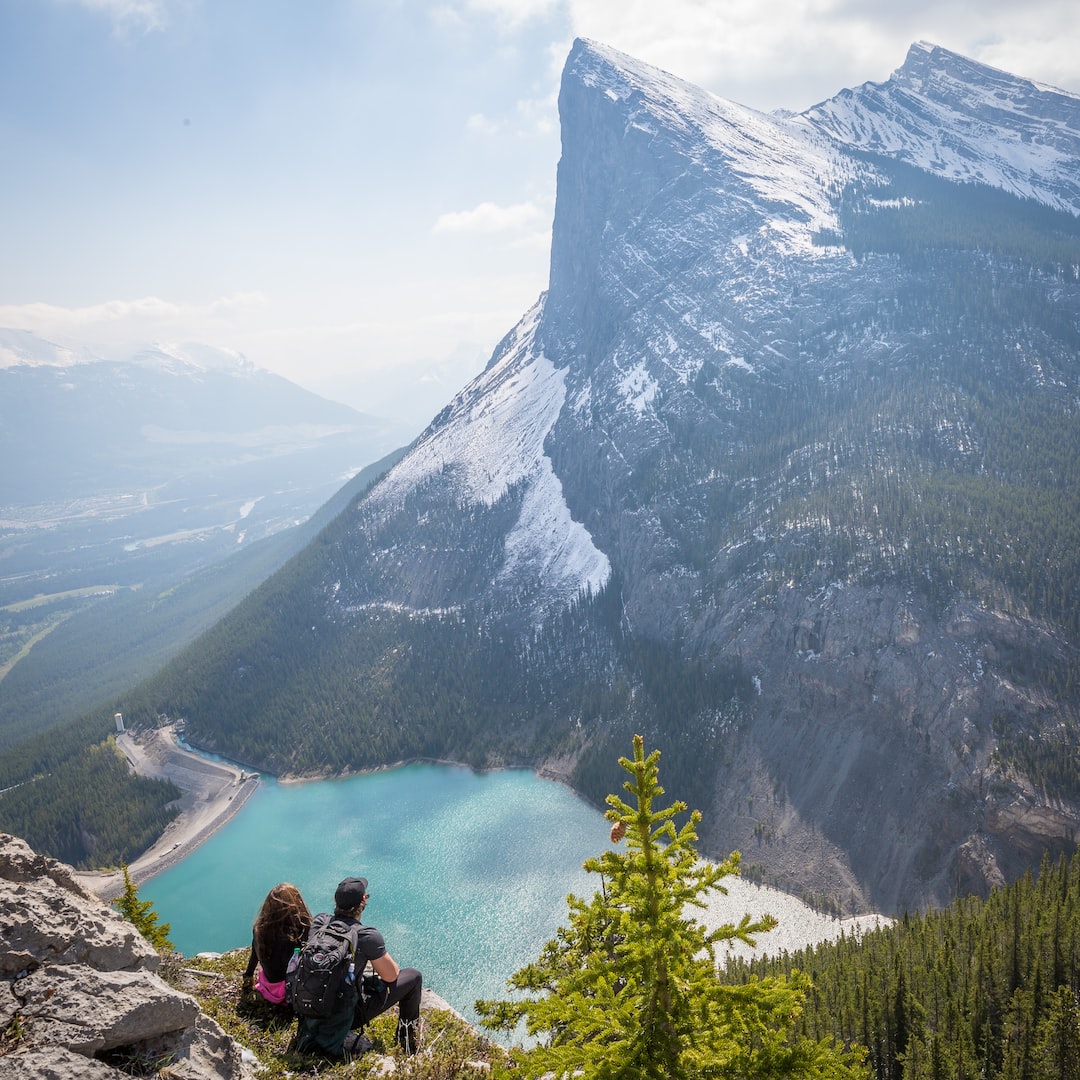
Best Time to See Lavender Blooms
To witness the lavender blooms in their full glory, it is recommended to visit lavender farms or gardens during their peak blooming periods. The best time to see lavender in bloom in Australia is generally from late spring to early summer, which means planning a visit between October and January would be ideal.
Popular Lavender Festivals in Australia
Australia is known for its vibrant lavender festivals where visitors can not only witness the stunning lavender blooms but also engage in various activities and enjoy lavender-related products. Some popular lavender festivals in Australia include:
- Tasmanian Lavender Festival: Held annually in the heart of Tasmania’s lavender region, this festival showcases the beauty and versatility of lavender through various events and entertainment.
- Lavender Harvest Festival: Located in Victoria, this festival celebrates the lavender harvest season through art displays, live music, lavender distillation demonstrations, and more.
- Lavender Week: Celebrated in South Australia, Lavender Week invites visitors to explore lavender farms, enjoy lavender-infused foods, and participate in workshops and live entertainment.
If you are planning to witness the enchanting lavender blooms in Australia, make sure to visit lavender farms or gardens during the late spring to early summer months. With its mesmerizing fragrance and vibrant purple colors, lavender is truly a sight to behold. Whether you are a lavender enthusiast or simply appreciate the beauty of nature, experiencing the blooming season of lavender in Australia will undoubtedly be a delightful experience.
